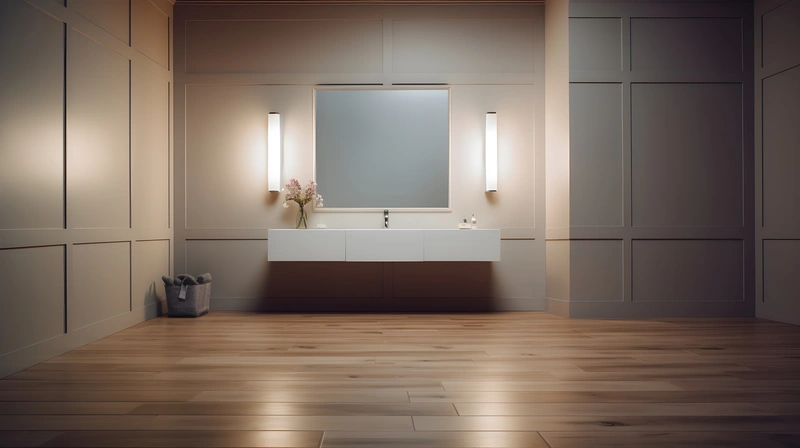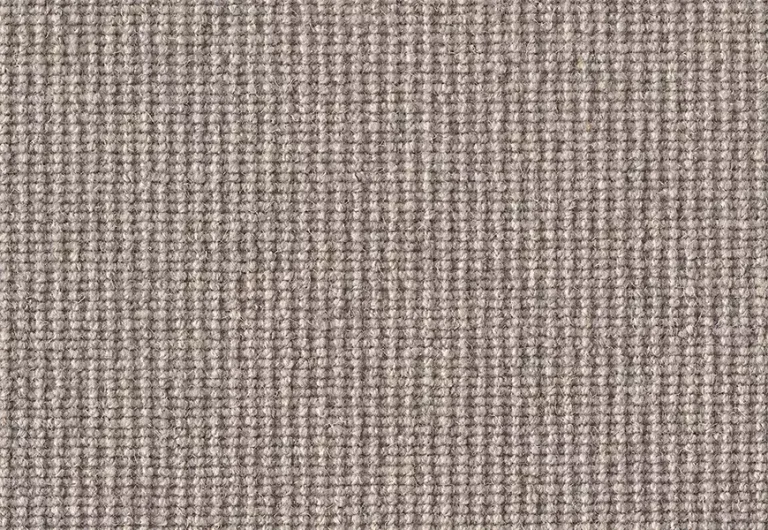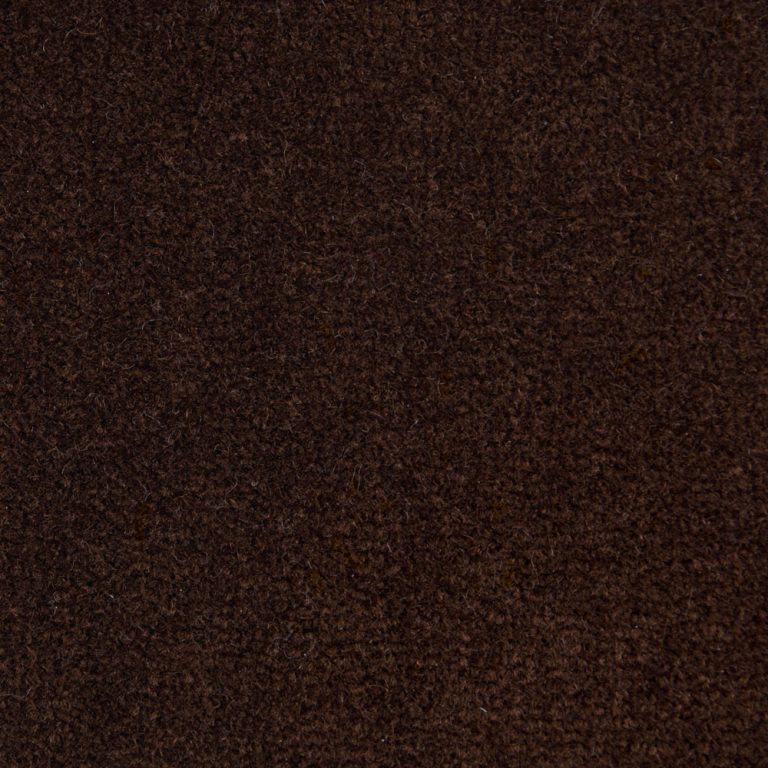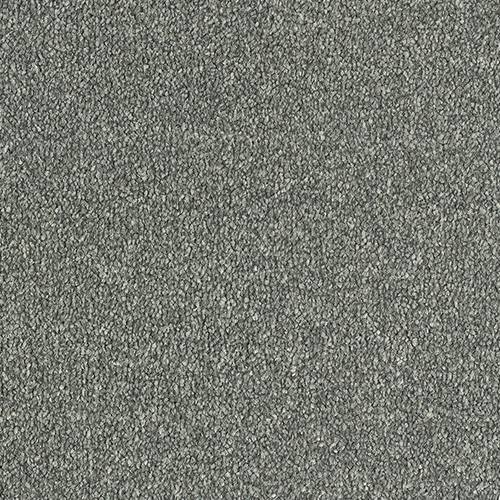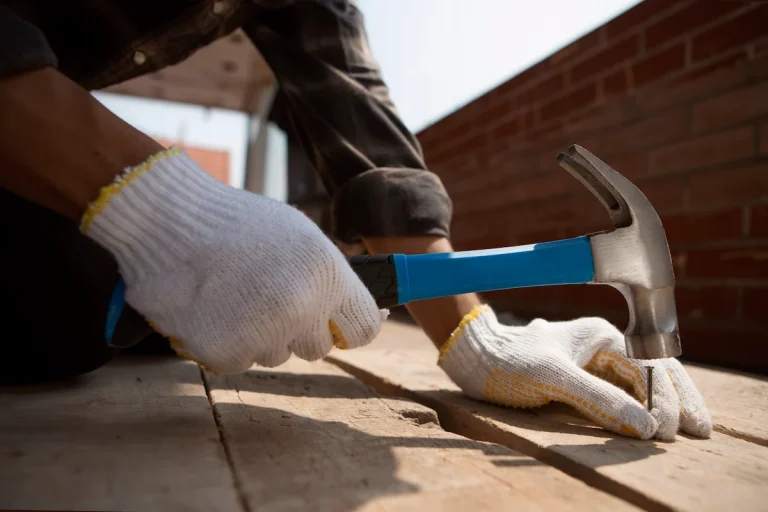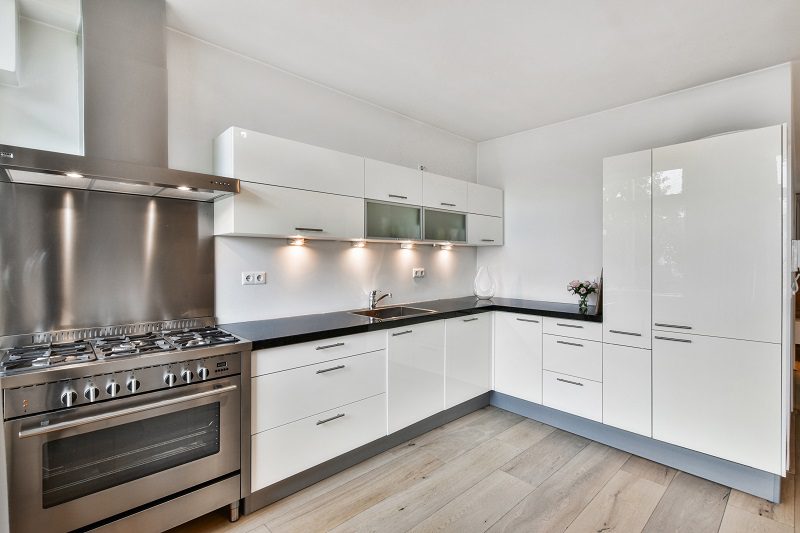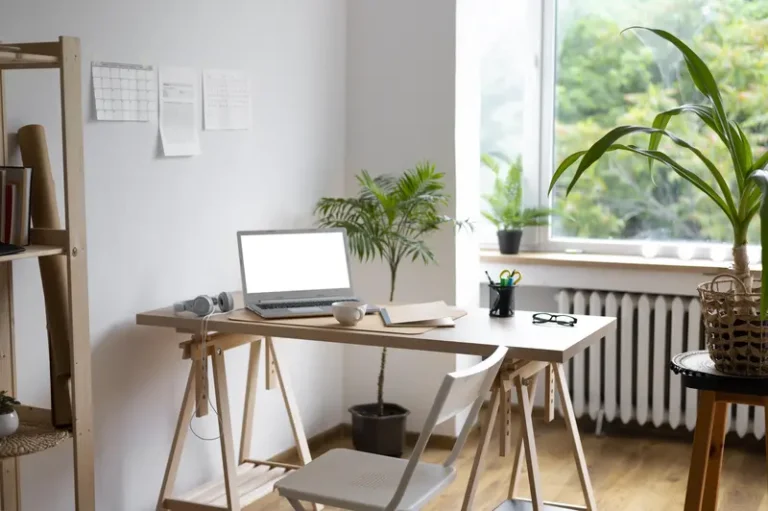Laminate flooring has gained popularity for its affordability and wide range of styles. But is laminate flooring waterproof?
We will explore the differences between waterproof and water-resistant flooring, the benefits of water-resistant laminate flooring, and how to make laminate flooring more waterproof. We will also discuss the disadvantages of laminate flooring, including its susceptibility to water damage.
Find out if laminate flooring is the right choice for your home.
What Is Laminate Flooring?
Laminate flooring is a versatile and cost-effective flooring option made from multiple layers, including a high-density fibreboard core and a wear layer that provides durability and resistance to everyday wear and tear.
Laminate floors typically consist of a decorative layer that mimics the look of natural materials like hardwood or stone, giving them an aesthetic appeal that can enhance the visual appeal of any space. This layer not only contributes to the overall design of the floor but also adds a layer of protection against scratches and stains, making maintenance easy and hassle-free. The combination of these layers results in a flooring solution that is not only budget-friendly but also long-lasting and suitable for various rooms in residential or commercial settings.


See product: Quick-Step Eligna Merbau
Is Laminate Flooring Waterproof?
No, laminate flooring is not waterproof. Whilst laminate flooring offers water-resistant qualities due to advances in moisture-resistant fibres and innovative designs, not all laminate flooring options are genuinely waterproof.
The Difference Between Waterproof and Water-Resistant Flooring
The key difference between waterproof and water-resistant flooring lies in their ability to handle moisture exposure; waterproof laminate can withstand water exposure without damage, while water-resistant laminate offers limited protection against moisture.
When looking at various laminate options, there are several types to choose from. Some popular choices include vinyl laminate, synthetic laminate, and hardwood laminate. Each type has its own characteristics and performance under different conditions.
Vinyl laminate is known for its water-resistant properties, making it a suitable choice for areas prone to spills or moisture like kitchens and bathrooms.
Synthetic laminate, on the other hand, provides a good balance of water resistance and durability, making it versatile for various spaces in a home.
Hardwood laminate offers a more natural look while still providing some level of water resistance, making it a popular option for living rooms and bedrooms.
The Benefits of Water-Resistant Laminate Flooring
Water-resistant laminate flooring offers numerous benefits, making it a popular choice among homeowners looking for a practical and aesthetically pleasing flooring solution.
1. Easy Maintenance
One of the primary benefits of water-resistant laminate flooring is its easy maintenance, making it an ideal choice for busy households.
Unlike traditional hardwood floors, laminate flooring provides a protective barrier against spills and moisture, allowing for quick and hassle-free cleaning routines. Water resistance not only simplifies the daily upkeep but also safeguards the flooring from potential damage caused by moisture absorption. This feature is particularly advantageous in areas prone to water exposure, such as kitchens and bathrooms, where spills are inevitable. With regular sweeping and occasional damp mopping, laminate floors maintain their pristine appearance with minimal effort.
2. Cost-Effective
Water-resistant laminate flooring is a cost-effective alternative to more expensive flooring options, offering similar aesthetics and durability at a fraction of the price.
One of the main advantages of opting for water-resistant laminate flooring is its ability to withstand moisture, making it ideal for areas prone to spills or high humidity levels. This type of flooring is also easy to clean and maintain, reducing long-term costs associated with upkeep. Plus its economic benefits, water-resistant laminate flooring comes in a wide range of styles and designs, mimicking the look of natural materials like hardwood, stone, or tile. This versatility allows homeowners to achieve the desired aesthetic without breaking the bank.
3. Wide Range of Styles and Designs
One of the standout features of water-resistant laminate flooring is the wide range of styles and designs available, allowing homeowners to find the perfect match for their decor.
Leading laminate flooring brands offer a plethora of design options to cater to various tastes and preferences. These options include different textures like embossed, hand-scraped, or smooth finishes, a vast array of colours ranging from traditional wood tones to modern greys and blacks, and eye-catching patterns such as herringbone or chevron. The use of high-density fibreboard in the construction of laminate flooring not only enhances its visual appeal through realistic wood grain textures but also contributes to its durability, making it a long-lasting and practical choice for any home.


See product: Quick-Step Impressive Ultra Soft Oak Light Brown
How to Make Laminate Flooring More Waterproof
Making laminate flooring more waterproof involves implementing several strategies to enhance its resistance to moisture, ensuring longevity and maintaining its appearance.
a. Seal the Edges and Joints
Sealing the edges and joints of your laminate flooring is a crucial step in preventing moisture from seeping through and causing damage.
Properly sealed edges and joints act as a barrier, safeguarding your flooring against water infiltration, which can lead to swelling, warping, and potential mold growth. To achieve an effective seal, use a high-quality silicone sealant specifically designed for laminate flooring. Run a bead of sealant along the edges and joints, ensuring full coverage and a tight seal. Regularly inspect the seals for any signs of wear or damage, repairing them promptly to maintain the flooring’s water-resistant properties.
b. Use Waterproof Underlayment
Using a waterproof underlay beneath your laminate flooring adds an extra layer of protection against moisture, ensuring better durability and longevity.
There are several types of waterproof underlay that serve different purposes when installed beneath laminate flooring.
- Felt underlay: This type is made of recycled fibres and resists moisture to a certain extent, providing basic protection.
- Rubber underlay: Known for its exceptional waterproof properties, rubber underlay acts as a barrier against water seepage.
Combining waterproof underlay with water-resistant laminate and moisture-resistant fibres not only safeguards your flooring against water damage but also strengthens its overall resilience against wear and tear.
c. Choose High-Quality Laminate Flooring
Opting for high-quality laminate flooring with superior water-resistant qualities is essential for enhancing the flooring’s overall waterproof capabilities.
When selecting laminate flooring, one should pay close attention to the wear layer, which plays a crucial role in determining the durability of the flooring. A thicker wear layer provides better protection against scratches, dents, and stains, ensuring the longevity of the floor. Advanced water-resistant properties, such as water-resistant cores and edges, are important features to consider, especially for areas prone to moisture exposure like kitchens and bathrooms.
The Disadvantages of Laminate Flooring
Despite its many advantages, laminate flooring has some drawbacks, especially with regard to its susceptibility to water damage and its restrictions in high-moisture environments.
a. Prone to Water Damage
One of the main disadvantages of laminate flooring is its tendency to suffer from water damage if exposed to excessive moisture.
This vulnerability can lead to various issues such as warping, swelling, or delamination of the floorboards.
Common scenarios where water damage can occur include leaks from appliances like dishwashers or washing machines, plumbing issues, or spills that are not promptly cleaned up.
To mitigate the risks of water damage, it is essential to wipe up spills immediately, use mats or rugs in high-risk areas, ensure proper sealing around appliances, and maintain proper humidity levels in the room.
b. Not Ideal for High-Moisture Areas
Laminate flooring is generally not recommended for high-moisture areas such as bathrooms, kitchens, and laundry rooms due to its limitations in handling prolonged exposure to water.
Excessive moisture can cause laminate flooring to warp, swell, or even buckle over time, jeopardising its durability and appearance.
For these areas, it is advisable to consider alternative flooring options such as vinyl plank flooring, ceramic tiles, or luxury vinyl flooring that are specifically designed to withstand moisture without compromising their quality.
These alternatives offer water-resistant properties that make them more suitable for areas prone to spills, humidity, and moisture, providing a longer-lasting flooring solution.
c. Difficult to Repair Water Damage
Repairing water damage in laminate flooring can be quite challenging, often requiring the replacement of entire sections rather than simple fixes.
Water damage in laminate floors poses various difficulties that make repair work complex. The biggest challenge lies in the composition of laminate flooring, which is typically made of fibreboard materials that swell and warp when exposed to moisture. This makes it hard to restore the damaged sections without compromising the overall integrity and appearance of the floor.
Identifying the extent of water damage beneath the surface is tricky, as it may have spread far beyond what is visible. This hidden damage can lead to structural issues and mould growth if not addressed promptly and thoroughly. The interlocking nature of laminate flooring makes it challenging to replace individual pieces without disrupting the surrounding sections.
To prevent extensive repairs, it is crucial to take preventive measures such as using waterproof underlayment, promptly addressing spills, maintaining proper humidity levels, and avoiding prolonged exposure to moisture. By safeguarding your laminate floors from water damage, you can prolong their lifespan and save yourself the hassle of costly repairs in the future.
Conclusion: Is Laminate Flooring Waterproof?
Whilst laminate flooring offers advanced water-resistant technology and can be a practical choice for many areas of the home, it is not truly waterproof and may not be suitable for environments with high moisture exposure; options like hybrid flooring or luxury vinyl planks may provide better solutions for such conditions.
Laminate flooring is a popular choice due to its affordability, easy installation, and wide range of styles. It is resistant to stains, fading, and scratches, making it durable for everyday use. Its water-resistant properties have limitations, as prolonged exposure to moisture can cause damage.
Hybrid flooring combines the best features of laminate and vinyl, offering enhanced water resistance and durability. Luxury vinyl planks, on the other hand, are completely waterproof, making them ideal for areas prone to spills or high humidity.
When considering the suitability of laminate flooring, it is important to assess the specific environment it will be installed in. Whilst it can work well in low-to-moderate moisture areas like bedrooms or living rooms, areas prone to water exposure, such as bathrooms or kitchens, may benefit from alternative flooring options for better water resistance.
At TEKA Flooring, we take pride in offering top-quality laminate flooring that combines beauty and functionality. Our extensive selection ensures you’ll find the perfect design to complement your space, while our commitment to quality guarantees long-lasting performance. Plus, our knowledgeable team is always here to provide expert advice and personalised service, making your flooring purchase a seamless and enjoyable experience.
Read also:


























